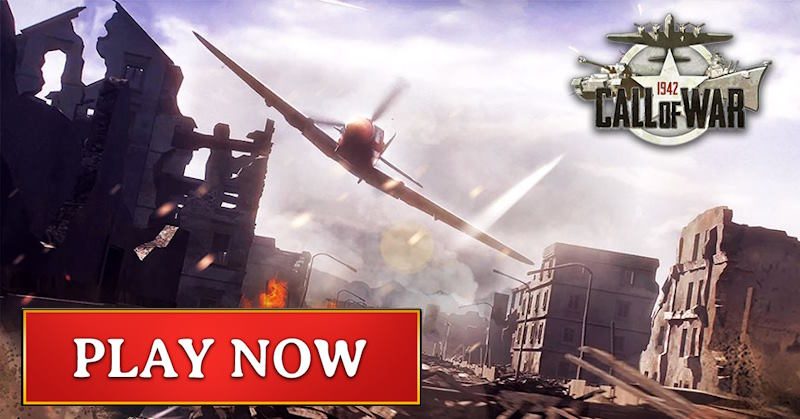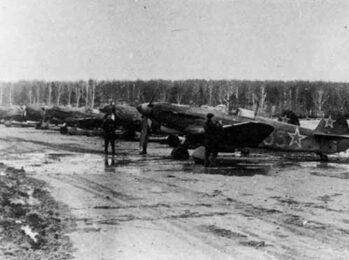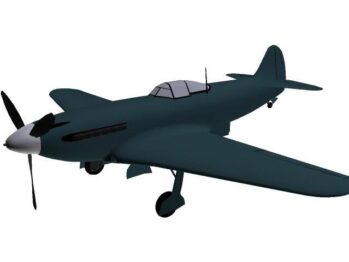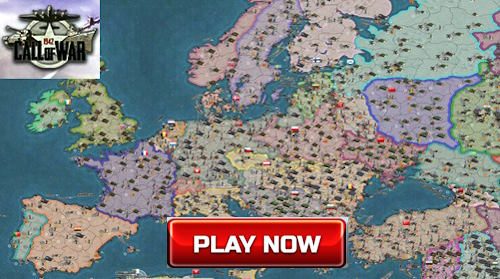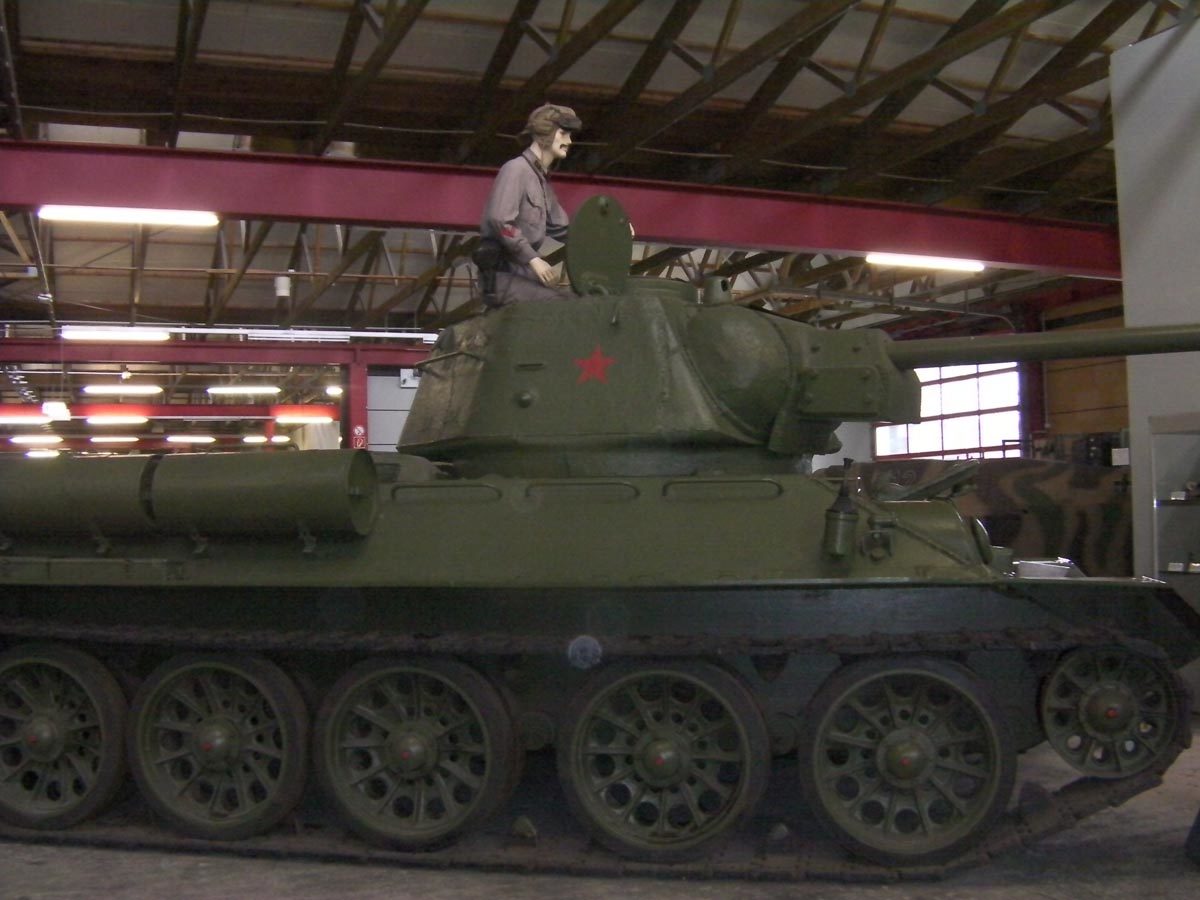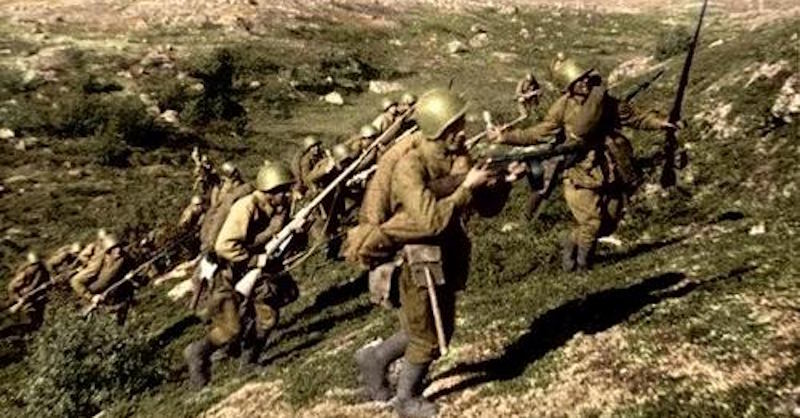Most important Russian single-seat fighter of the Second World War, Yakovlev Yak-9.
History, development, service, specifications, pictures and 3D model.
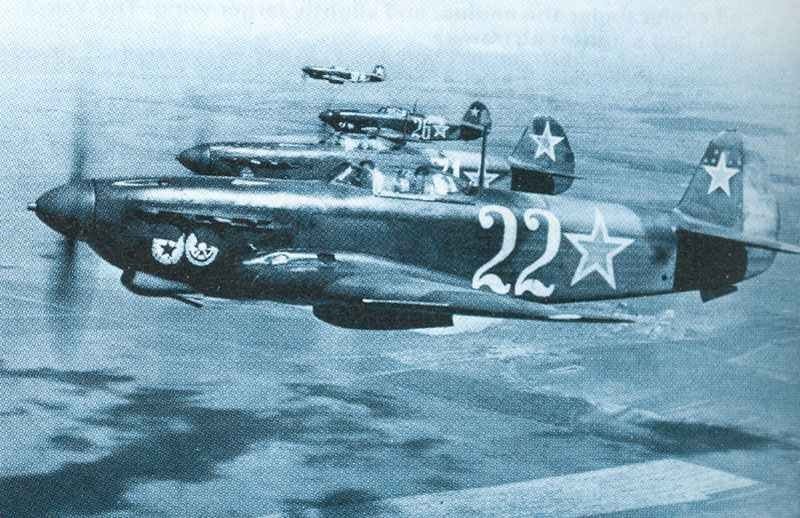
Yakovlev Yak-9
Type: Russian long-range fighter plane of WW2. Some fighter-bombers, tank busters and escort fighters.
History:
Table of Contents
The Yakovlev fighters were the most widely used Russian combat aircraft of WW2 and in Korea, and the most famous of these was the Yakovlev Yak-9.
Also, the most numerous Yakovlev type, the Yak-9 was developed into a succession of variants that remained in production until the 1950s. The Yak-9P, the last and best of these, was used by the North Koreans in the Korean War.
The first Yak-9 was derived from the Yak-7B, which went into service in 1942. Seeking to give the basic Yak-7 more range, Yakovlev partially redesigned the wings to make room for larger fuel tanks. The cockpit was moved back slightly, and the position of the radiator on the belly was changed. Powered by the same engine as the Yak-7, the new type went into service in August 1942.
It became the most-produced Russian aircraft apart from the Il-2 Stormovik. The Yak-9 was able to out fly the Me 109G, which it met over Stalingrad in late November 1942.
Improvements continued to be made: the Yak-9M had another machine gun, while the Yak-9B could carry up to 1,325 pounds (600 kg) of bombs.
Two other important versions were developed, the Yak-9T and the Yak-9D. The Yak-9T had a 37 mm Nudelmann-Suranov cannon with which to attack tanks.
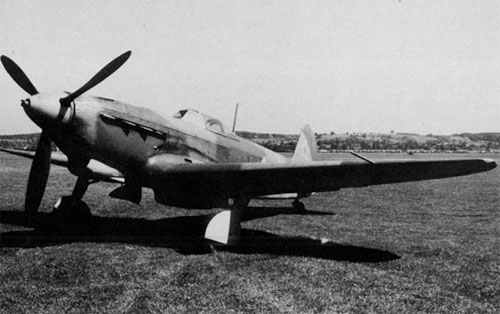
The Yak-9D had lower caliber offensive armament – a 20 mm cannon and a 12.7 mm machine gun – but more fuel capacity and greater range. These aircraft were used chiefly to provide escort for American bomber of B-17 Flying Fortress and B-24 Liberator formations when, for instance, they raided the Romanian oilfields.
The last version developed during the war was the Yak-9U. It provided the basis for the latest version, the post-war Yak-9P. The Yak-9U had many more aerodynamic refinements than its predecessors, and the basic airframe was all but redesigned, with an all-metal structure and skin. This variant was powered by a 1,650hp Klimov M-107A engine, which increased maximum speed from the 374mph (ca. 602 km/h) at 6,560 ft (ca. 2 km) of the Yak-9D to 435 mph (ca. 700 km/h) at 17,875 ft (5.45 km).
Several versions of the Yak-9 equipped foreign units fighting in Russia, including the Polish 1st Warsaw Fighter Regiment and the Free-French Groupe de Chasse Normandie-Niemen, whose pilots preferred the Russian fighter to the lend-lease American Bell P-39 Airacobra and the British Hawker Hurricane.
The fighter was very popular with its crews, being particularly maneuverable at low altitude and thus more than a match for its more powerful adversaries. But the major virtues of this excellent fighter were the fundamental qualities of safety and basic simplicity.
Users: Russia, Poland, Free-French (wartime), later North Korea, China and most Soviet satellite nations in Eastern Europe.
Animated 3D model Yakovlev Yak-9
Specifications Yakovlev Yak-9 D
Specifications:
Yak-9 D | Specification |
|---|---|
Type | Long-range fighter |
Power plant | one 1,260 hp Klimov VK-105PF vee-12 liquid-cooled engine |
Accommodation | 1 |
Wing span | 32 ft 11.5 in |
Length overall | 28 ft 1 in |
Height overall | 9 ft 10 in |
Weight empty (Yak-9U) | 5,100 lb |
Weight loaded | 6,867 lb |
Maximum speed | 374 mph |
Initial climb | 3,795 ft/min. |
Service ceiling | 34,500 ft |
Range | 840 miles |
Armament:
Yak-9 D | Specification |
|---|---|
in front direction | one 20mm ShVAK cannon with 100 rounds and one 12.7mm BS machine-guns with 250 round |
external load | Two 220 lb bombs |
Service statistics:
Yak-9 | figures |
|---|---|
First flight | Yak-7DI in June 42, Yak-9M about August 1942, Yak-9D and T 1943, Yak-9U January 1944, Yak-9P August 1945 |
Combat delivery | Yak-9 November 1942; Yak-9D summer 1943 |
Final delivery (Yak-9P) | about 1946 |
Unit price | ? (basic simplicity for mass production) |
Production figures (all, from Yak-1 to Yak-9) | Total c. 30,000 during WW2, not less than 37,000 before final delivery |
References and literature
The Encyclopedia of Weapons of World War II (Chris Bishop)
Combat Aircraft of World War II (Bill Gunston)
Technik und Einsatz der Kampfflugzeuge vom 1. Weltkrieg bis heute (Ian Parsons)
Das große Buch der Luftkämpfe (Ian Parsons)
Luftkrieg (Piekalkiewicz)
Flugzeuge des 2. Weltkrieges (Andrew Kershaw)
World Aircraft World War II (Enzo Angelucci, Paolo Matricardi)
Yak Fighter in action (Hans-Heiri Stapfer)


